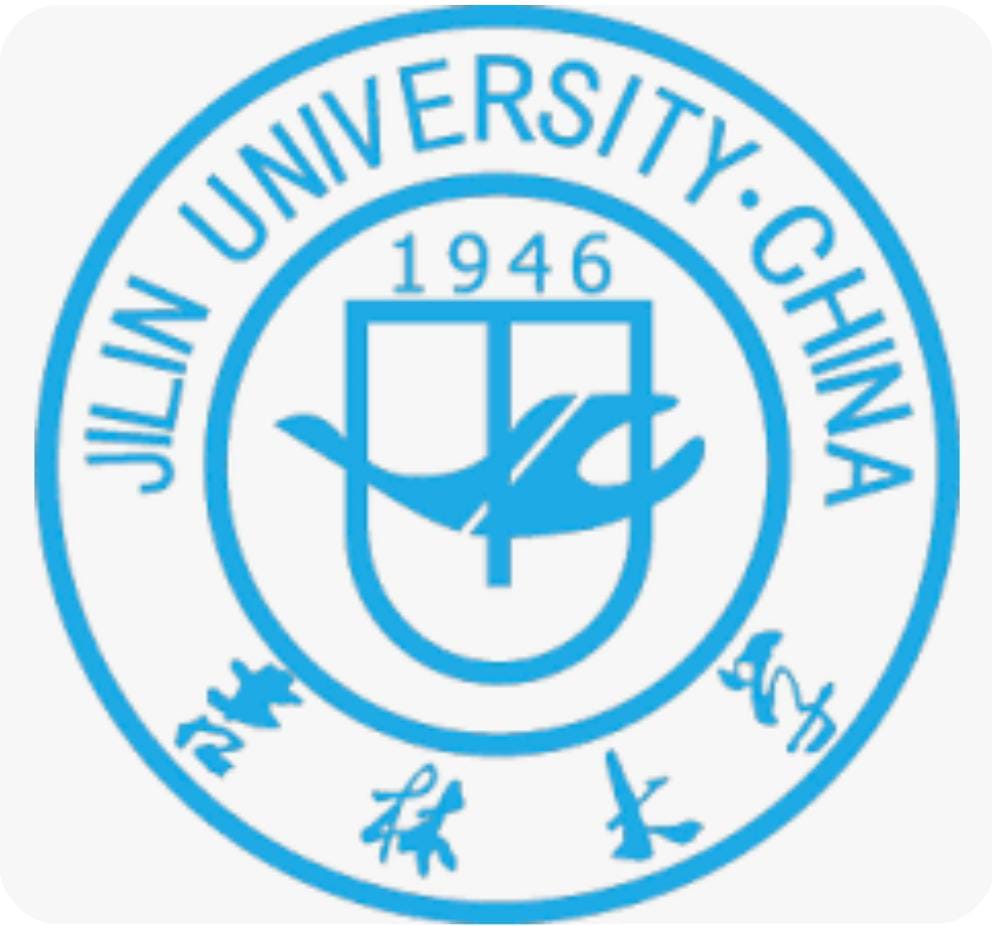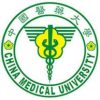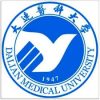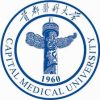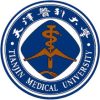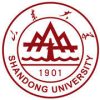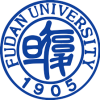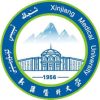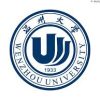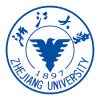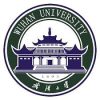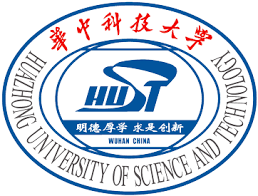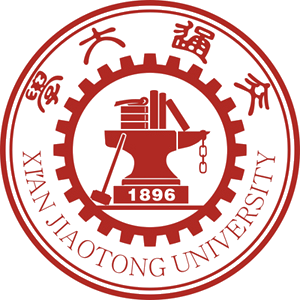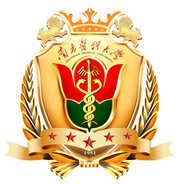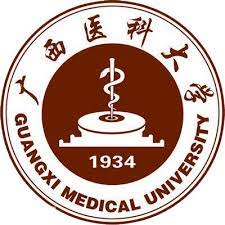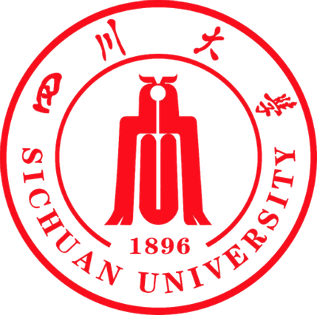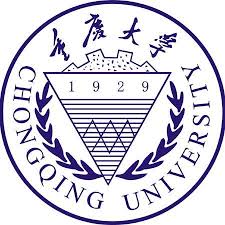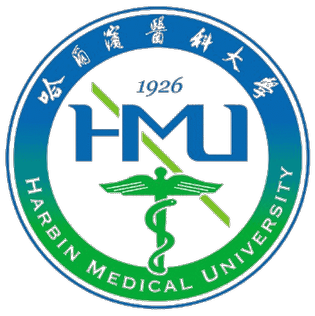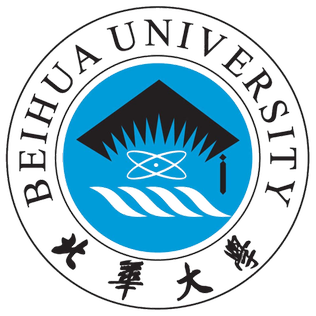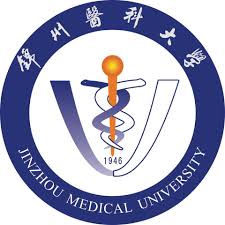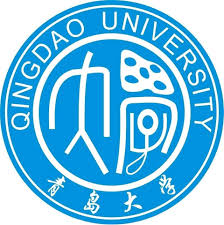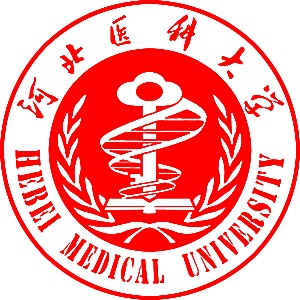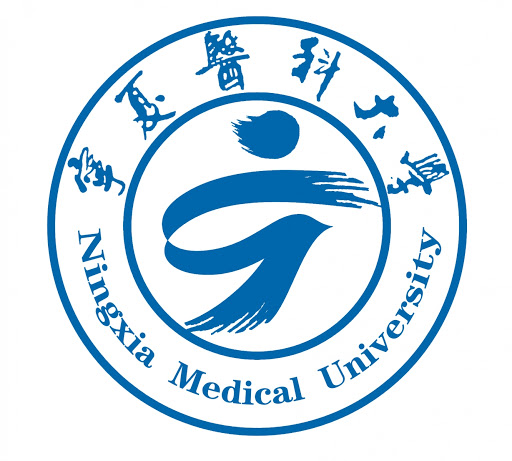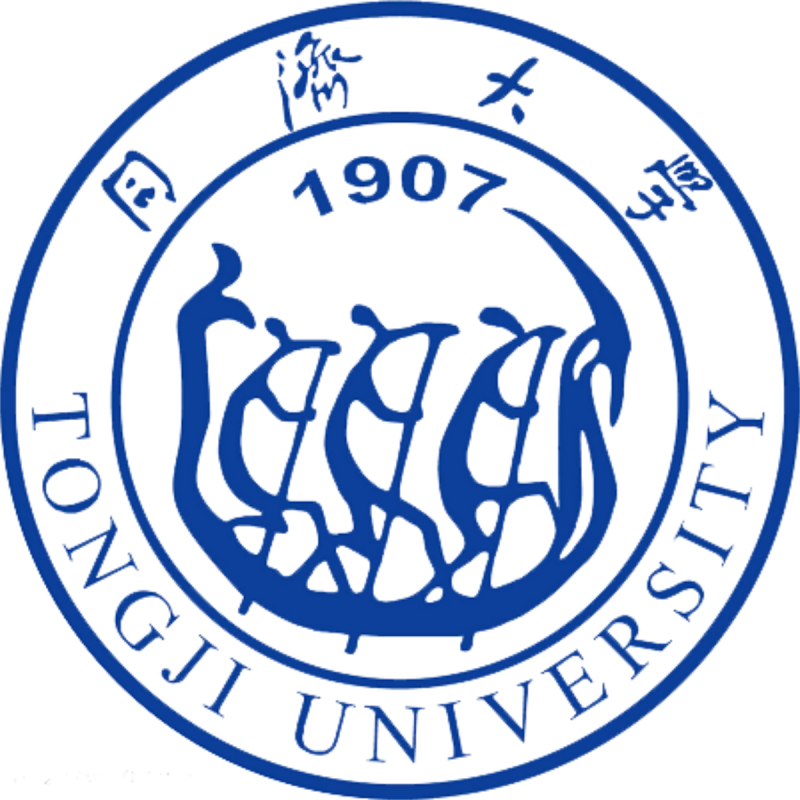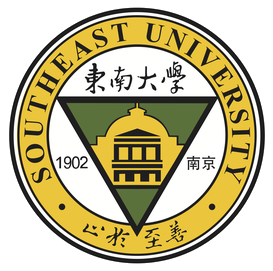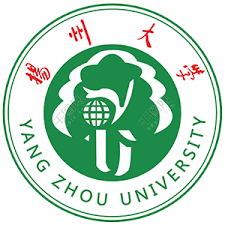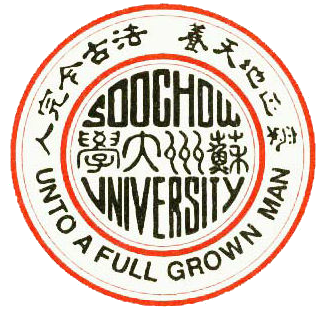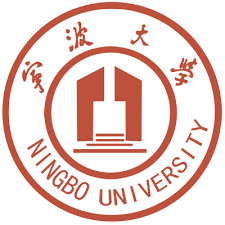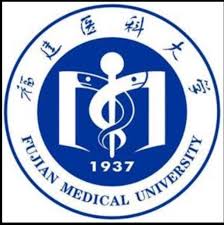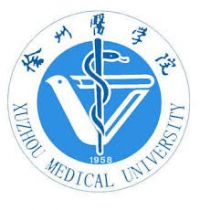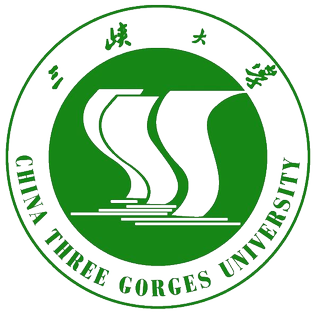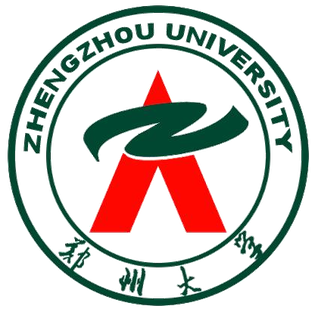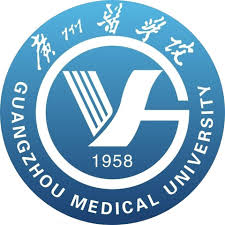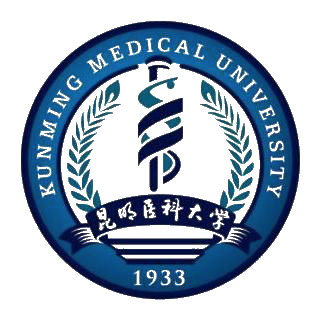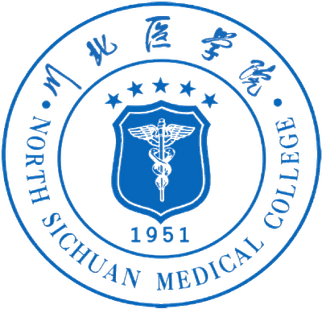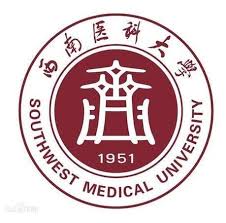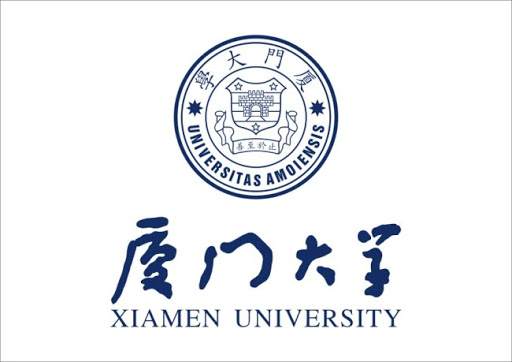Fudan University is a major public research university in Shanghai, China. It is widely considered as one
of the most prestigious and selective universities in China.Founded in 1905, shortly before the end of
China’s imperial Qing dynasty, Fudan was the first university established independently by the Chinese
people.Fudan is a member of the elite C9 League and a Chinese Ministry of Education Class A Double
First Class University.Fudan University is one of the top 45 listed medical universities in China and
approved by MOE China to teach MBBS in English.
Fudan is renowned for its liberal atmosphere and rigorous academics. It is an important academic center
for Chinese humanities, natural sciences, and medical studies. Fudan enjoys the reputation of The No.1
Academy of Jiangnan.For the past hundred years, Fudan has made significant contributions to the
development of the country, the rejuvenation of the nation, the well-being of the society, and the advance
of the national education, science, medicine, and technology.Fudan has cultivated a number of
outstanding talents and many prominent figures for modern China. Notable Fudan alumni include Chen
Yinke, Chen Wangdao, Chu Coching, Yan Fu, Yu Youren and “China’s Kissinger” Wang Huning.
Fudan is a collegiate university with five colleges Zhide, Tengfei, Keqing , Renzhong , and Xide). It is
now composed of four campuses in Shanghai – Handan , Fenglin, Zhangjiang , and Jiangwan – which
share the same central administration. Fudan has 17 hospitals affiliated. In the 2018 QS Asian University
Ranking, Fudan ranks 2nd in China and No. 7 in Asia.
In 1911, during the Xinhai Revolution, the college was occupied as headquarters of the Guangfu Army
and closed down for almost one year.
In 1917, Fudan Public School became a private university named the Private Fudan University, and also
had a middle school and university-preparatory school. In 1929, Fudan reorganized its departments,
expanding to include departments of journalism, municipals, law, and education.
After the Japanese invasion of China in 1937, Fudan moved with the Kuomintang government to the
inland city of Chongqing, the wartime Chinese capital. On 25 December 1941, the First Meeting of Fifth
Conference of the Highest Executive Authority of the National Government of the Republic of China
voted to change Fudan University (Chongqing) to a public university with Wu Nanxuan as its president.
Fudan University then became National Fudan University. After the end of World War II, it moved back to
Shanghai.
After the founding of the People’s Republic of China in 1949, Fudan lost its “National” appellation and
became Fudan University to reflect the fact that all universities under the new socialist state would be
public. Fudan was the first university to be reorganized by the new government in 1952 and modeled on
Soviet education. The original departments were changed, with arts and sciences departments from at
least ten other universities in eastern China being added.Parts of Aurora University merged into Fudan in
1952.
In the late 1970s, after the Cultural Revolution, the university was converted to a modern,
comprehensive university.
Institutions:
Xianghui Auditorium
Guanghua Twin Towers
Organizations:
Fudan University comprises 17 full-time schools, 69 departments, 73 bachelor’s degree programs, 22
disciplines and 134 sub-disciplines authorized to confer PhD degrees, 201 master’s degree programs, 6
professional degree programs, 7 key social science research centers of Ministry of Education P.R.C, 9
national basic science research and training institutes and 25 post-doctoral research stations. It has 40
national key disciplines granted by the Ministry of Education, nationally third. At present, it has 77
research institutes, 112 cross-disciplinary research institutes, and 5 national key laboratories. See a list
of schools and departments at Fudan.
Fudan University enrolls over 45,000, including full-time students and students in continuing education
and online education. Additionally, there are nearly 1,760 international students, ranking second
nationally.
Fudan University has a high-level research faculty of over 2,600 full-time teachers and researchers,
including 1,350 professors and associate professors, 47 academicians of the Chinese Academy of
Sciences and the Chinese Academy of Engineering, nearly 660 doctoral supervisors, 26 special
professors and 2 lecture professors of “Cheungkong Scholars Program”, 3 distinguished professors and
10 special professors of Fudan University, 6 principal scientists of Project 973 and 25 “Young Experts
with Prominent Contributions to the Country”.
Fudan University has 17 affiliated hospitals, such as Zhongshan Hospital and Huashan Hospital,
integrating medical service, medicine education, and research.
Fudan University has an “International Student’s Dormitory”, a building reserved as living quarters for
any students from countries other than China studying either degree or non-degree programs. Notable
alumni include Jennifer Chu and Audrey Lamsam of Arcadia, California, who started a nonprofit
organization called “Food4Me” in 2012. This organization first stemmed from their studies as non-degree
Chinese students at the university.
Fudan is a member of Universitas 21, an international consortium of research-driven universities.
The Guanghua Twin Towers (Chinese: 光华楼) at the center of the Handan campus reach 140.5 meters,
reportedly the highest buildings ever constructed in a university campus in Asia, and 2nd around the
world.
The High School Affiliated to Fudan University, located on the Handan campus, is one of the most
prestigious high schools all over China mainland.
Fudan University Library:
Fudan University Library was formally established in 1922, previously known as the Reading Room of
Wu Wu (1918). Today it comprises the Liberal Arts Library, the Science Library and the Medical Library,
with a total floor of 29,000 square meters.
By the end of 2004, the Library’s collection composed of more than 4.4588 million copies and articles,
including books, journals, bound volumes of newspapers, and audio-visual recordings. Of all these
400,000 are thread-bound books of Chinese classics (including 7,000 rare copies), 100,000 are books
published during the reign of the Republic of China, and 1.392 million are foreign books. Additionally,
there are 32,000 Chinese and foreign journals and periodicals. Every year 100,000 new books will be
added to enlarge the collection. The library subscribes to around 7,000 printed journals.
The library has access to 24,000 full-text e-journals and over 150 CD and online databases. It has eight
open stacks, two general reading rooms and 19 reading rooms with specialized functions, totaling 2,400
seats. The library is open for 112 hours weekly and serves more than 7,000 visiting readers daily.
The Fudan University Library is divided into the China Academic Humanities and Social Sciences Library
(CAHSL), the National Foreign Textbook Center for East China (sponsored by the Ministry of Education),
the Documentation and Information Center for Liberal Arts, and the Central Stacks for Foreign Books of
Liberal Arts. Additionally, the library has the Shanghai Electronic Documents Searching Center for
Graduates, the CD Searching Center shared by the universities in Northeast Shanghai, and the General
Search Station for Updated Science and Technology Information Authorized by the Ministry of
Education, the Search Station for Updated Science and Technology Information Authorized by the
Shanghai Science and Technology Committee. The library edits and publishes two journals: China Index
and Information Services of the Higher Education Institutions in Shanghai.
The library’s integrated computer management system has been upgraded several times. In addition to
general services, the Library provides services of international online information retrieval, various types
of e-resources searching, interlibrary loans, document delivery service, online consultation, updated
information search, user training, tape duplication, multimedia viewing, document duplication, and
binding, etc. The courses of literature and information retrieval are designed for Library users of different
levels.
The QS World University Rankings 2021 ranked Fudan at 34th in its global rankings while it was 7th in
the independent regional QS Asian University Rankings and 3rd in QS BRICS University Rankings
(2019) respectively. Further, ARWU (2019) put it at a position among 101–150th globally. It is among the
top five universities in mainland China in all of the above league tables.
Fudan University’s undergraduate program is extremely selective. Fudan is one of the five universities in
China whose undergraduate programs are the hardest for students to get in: less than 0.2% of National
College Entrance Examination (“Gaokao”) takers can make it (As a comparison, the five most selective
Ivy League schools in 2012 let in three times the percentage (0.6%) of SAT-takers.).Fudan has been
placed consistently among the three most selective universities (with Tsinghua University and Peking
University) in China for the last twenty years.
Fudan has reconstructed its course system to suit education goals. A course scheme of general
education, specialized education and basic education in arts and sciences has been implemented.
Encompassing a complete and comprehensive range of disciplines, the courses of general education
enable students to receive education in diverse fields. All of the 70-plus undergraduate majors of Fudan
have been put into seven general categories so that students can benefit on a broader scale from the
systematic discipline training. According to the Education Scheme for Arts and Sciences, course
modules are determined by discipline systems and course suits, and credits by course modules. In this
sense, Fudan provides students with more options for their college studies. In contrast with the traditional
syllabus, the new module has appropriately decreased the gross credits and class hours. Along with
minor programs and extracurricular academic activities, it contributes greatly to the intellectual
development of undergraduate students, exposing them to a wider range of knowledge.
Fudan University International students:
Starting from the 1950s, Fudan has enrolled international students – one of the first few institutions in
China to do so. Since then, Fudan has accepted and trained over 10,000 foreign students from 100
countries and regions worldwide. At the end of 2006, there were 2,812 international students studying at
Fudan University, ranked number 2 in the nation. Half of them were actively pursuing degrees, the rest
were general visiting scholars. In addition, Fudan enrolls over 1700 short-term students each year.
The international student programs consist of degree programs and non-degree programs.The university
has also established a Bachelor of Arts program called the “Chinese language for international students”
and there have been seven groups of graduates. Besides all levels of Chinese language teaching, the
university has opened courses such as Chinese literature, Chinese history, Chinese economy, Chinese
philosophy, and Chinese law for interested international students. These courses will introduce students
to basic knowledge of Chinese social economy, history, and culture, according to their different
requirements. In addition, several graduate programs are offered in English. For instance Master of
Business Administration, Master of Public Health, as well as other programs offered in conjunction with
partner universities abroad. The university’s programs in medicine leading to the Bachelor of Medicine,
Bachelor of Surgery (MBBS) degree are also available to international students.
The International Students Office is responsible for the management of all international students at
Fudan University.
Fudan University Campus:
Zibinyuan Building at Handan campus
Fudan has established a campus structure called “one-body-two-wings”, where the body is Handan
campus and Jiangwan campus, which are only 2 miles (3.2 km) apart, and the two wings are Fenglin
campus and Zhangjiang campus. All four campuses are in downtown Shanghai and share the same
central administration.
Fudan University Handan campus
Handan campus, the main campus of Fudan, is located in Yangpu District, Shanghai. It contains the
majority of the schools and departments. Freshman undergraduates live on this campus. Handan
campus consists of four sub-campuses, namely the headquarters campus, the south campus, the north
campus, and the east campus.
Fudan University Fenglin campus
Fudan University Shanghai Medical College, or Medical Center of Fudan University (former Shanghai
Medical University) is at Fenglin campus, located in Xuhui District, Shanghai. In July 2014, the campus
began a 2-year large-scale construction project. About 4000 students move out of the old campus for the
construction and in July 2017 students came back to it.
Fudan University Zhangjiang campus
Zhangjiang campus is located in Shanghai’s Zhangjiang Hi-Tech Park, Pudong District. It comprises the
School of Microelectronics, the School of Computer science and technology, the School of Software, and
the School of Pharmacy.
Fudan University is a member of the Consortium of Academic Stewards for The Scholar Ship. The
University is also a member of China Center Austria and partner of the Austrian Business School SMBS.
Fudan University is also a member of Universitas 21, which is an association of leading universities
worldwide. Universitas 21 grants members of staff and students from the university many exchange
chances and opportunities to research abroad.
To seek more support from its alumni in the US and cement its collaboration with Yale University, Fudan
University launched the Fudan University Education Development Foundation in New York in February
2008. It was the first time a Chinese university had launched such an initiative in the US.
In 1995, Fudan established the Nordic Centre in Shanghai, a joint platform for research and education
with 14 universities from Denmark, Finland, Norway, and Sweden. By 2012, the Nordic Centre Fudan
has 27 member institutions in 5 Nordic countries.
In 1996, Fudan School of Management started a joint Master of Management (later MBA) program with
BI Norwegian Business School. The program, inaugurated by then Norwegian Prime Minister Gro
Harlem Brundtland, is the longest continually operating international business school partnership in
China.
In 2002, a joint venture was created between the Olin Business School (Washington University in St.
Louis) and the School of Management at Fudan University. At the time, it was one of the first U.S.-Sino
joint MBA programs in China. Eight years later, according to The Financial Times’ 2010 rankings, the
Washington University-Fudan University EMBA Program was ranked as one of the top 20 international
executive MBA programs worldwide. Also, for the fifth consecutive year, it was hailed as the best
program in mainland China.
In 2011, Fudan became part of the Tyndall Centre network, a research network centered on climate
science and climate policy research. Fudan Tyndall Centre is funded with a 15-year commitment by the
Chinese central government and the Shanghai City government. The UK launch of the Fudan Tyndall
Centre alliance took place in Norwich in May 2011 when Professor Academician Yuliang Yang was
awarded an Honorary Degree by the University of East Anglia.
In Germany, the Fudan University cooperates with the Goethe-University in Frankfurt/Main. Both cities
are linked by a long-lasting partnership agreement.The university also established partnerships with the
Freie Universität Berlin, the University of Cologne, the University of Tübingen and the University of
Konstanz.
Fudan University Exchange programs:
Fudan University has established exchange relationships with more than 200 universities and research
institutions in about 30 countries and regions,including Oklahoma State University, Beloit College,
Washington University in St. Louis, Harvard University, Yale University, Trinity College (Connecticut),
Union College (New York), Tulane University, Columbia University, University of California, Berkeley,
University of Rochester, George Washington University, Georgetown University, University of California,
Los Angeles, University of California Santa Barbara, University of California, San Diego, University of
California, Irvine, University of Toronto, Queen’s University, University of Sydney, University of Adelaide,
Rhodes University, K.U. Leuven, Ecole Pratique des Hautes Etudes Commerciales, Tokyo University,
National University of Singapore, University of Salzburg, Austria, the University of Manchester, Durham
University Business School, the London School of Economics, King’s College London, University of
Mannheim, Germany, ESSEC Business School, University of Paris 1 Pantheon-Sorbonne, Sciences Po
Paris and Sciences Po Lille, IE Business School, and the 16 campuses of the University of North
Carolina. For more information, see also Fudan – Incoming exchange students.
Jiangwan campus
Only 2 miles (3.2 km) apart from Handan campus, Jiangwan campus is a new campus of Fudan
University. The School of Law has moved to Jiangwan, and other schools will follow, including the
School of Life Science, the College of Foreign Language and Literature, and School of Social
Development and Public Policy.
Fudan University Student associations
There are four categories of student associations: Academic Societies, Practical Societies, Artistic
Societies, and Physical Culture Societies. See also Student Associations at Fudan.


